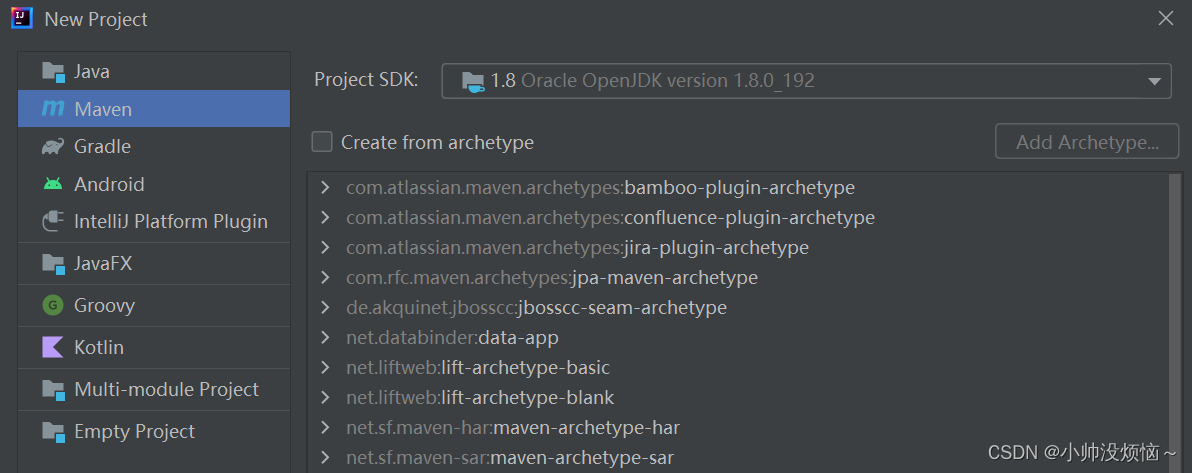创建两个文件 – 源和目标。然后我们从源创建InputStream并使用OutputStream将其写入目标文件进行 java 复制文件操作。
copyFile(File srcFile, File destFile)可用于在 java 中复制文件。如果您已经在项目中使用 Apache Commons IO,那么使用它来简化代码是有意义的。它在内部使用 Java NIO FileChannel,因此如果您尚未将其用于其他功能,则可以避免使用此包装器方法。下面是使用apache commons io进行java复制文件操作的方法
4、使用BufferedInputStream/BufferedOutputStream高效字节流进行复制文件
声明:本站所有文章,如无特殊说明或标注,均为本站原创发布。任何个人或组织,在未征得本站同意时,禁止复制、盗用、采集、发布本站内容到任何网站、书籍等各类媒体平台。如若本站内容侵犯了原著者的合法权益,可联系我们进行处理。




![[设计模式Java实现附plantuml源码~行为型]请求的链式处理——职责链模式](https://img-blog.csdnimg.cn/direct/699aac3ed0c446d088772a0ed4c444ed.png)
![[设计模式Java实现附plantuml源码~结构型]处理多维度变化——桥接模式](https://img-blog.csdnimg.cn/direct/8e811a73550d49e6a55c49a070a733e8.png)


